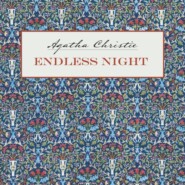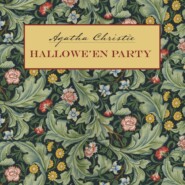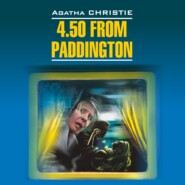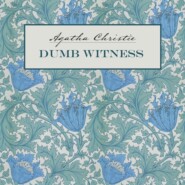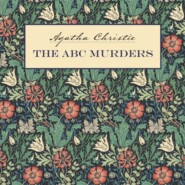По всем вопросам обращайтесь на: info@litportal.ru
(©) 2003-2025.
✖
Agatha Christie’s Complete Secret Notebooks
Настройки чтения
Размер шрифта
Высота строк
Поля
Mrs. U sees someone out of window – could be New Mistress?
Domestic Staff?
Pupil?
Parent?
The Murder –
Could be A girl (resembles Julia/resembles Clare?
A Parent – sports Day
A Mistress
Someone shot or stalked at school Sports?
Princess Maynasita there –
or – an actress as pupil
or – an actress as games mistress
She reminds herself of work still to be done:
Tidy up – End of chapter
Chapter III – A good deal to be done –
Chapter IV – A good deal to be worked over – (possibly end chapter with ‘Adam the Gardener’ – listing mistresses – (or next chapter)
Chapter V – Letters fuller
Notes on revision – a bit about Miss B
Prologue – Type extra bits
Chapter V – Some new letters
And for some light relief she breaks off to solve a word puzzle. In this well-known conundrum the test is to use all of the letters of the alphabet in one sentence. (Her answer omits the letter Z.)
A D G J L M P S V Y Z
THE QUICK BROWN FOX JUMPS over gladly
Remembered Deaths
In Cards on the Table Mrs Oliver is asked if she has ever used the same plot twice.
‘The Lotus Murder,’ murmured Poirot, ‘The Clue of the Candle Wax.’
Mrs Oliver turned on him, her eyes beaming appreciation.
‘That’s clever of you – really very clever of you. Because, of course, those two are exactly the same plot – but nobody else has seen it. One is stolen papers at an informal weekend-party of the Cabinet, and the other’s a murder in Borneo in a rubber planter’s bungalow.’
‘But the essential point on which the story turns is the same,’ said Poirot. ‘One of your neatest tricks.’
So it is with Christie. She reused plot devices throughout her career; and she recycled short stories into novellas and novels, often speculating in the Notebooks about the expansion or adaptation of an earlier title. The Notebooks demonstrate how, even if she discarded an idea for now, she left everything there to be looked at again at a later stage. And when she did that, as she wrote in An Autobiography, ‘What it’s all about I can’t remember now; but it often stimulates me.’ So she used the Notebooks as an aide-mémoire as well as a sounding board.
Two pages of random word puzzles, probably the rough work for a crossword.
The first example below dates from the mid-1950s and relates to the short stories ‘Third Floor Flat’ and ‘The Mystery of the Baghdad Chest’; it is surrounded by notes for ‘Greenshaw’s Folly’ and 4.50 from Paddington. The second example, concerning ‘The Adventure of the Christmas Pudding’, is from early 1960 and the last one, concerning ‘The Shadow on the Glass’, probably from 1950:
Development of stories
3rd Floor Flat – murder committed earlier – return to get post and also footprints etc. accounted for – service lift idea? Wrong floor
Baghdad Chest or a screen?
Idea? A persuades B hide B
Chest or screen as Mrs B – having affair with C – C gives party – B and A drop in – B hides A – kills him – and goes out again
Extended version of Xmas Pudding – Points in it of importance
A Ruby (belonging to Indian Prince – or a ruler just married?) in pudding
A book or a play from The Shadow on the Pane idea? (Mr Q)
The following are examples of Christie’s reworked ideas, many of which are discussed in this book. Some elaborations are obvious:
‘The Case of the Caretaker/Caretaker’s Wife’/Endless Night
‘The Plymouth Express’/The Mystery of the Blue Train
‘The Market Basing Mystery’/‘Murder in the Mews’
‘The Submarine Plans’/‘The Incredible Theft’
‘The Mystery of the Baghdad Chest’/‘The Mystery of the Spanish Chest’
‘Christmas Adventure’/‘The Adventure of the Christmas Pudding’
‘The Greenshore Folly’/Dead Man’s Folly
In other cases she challenged herself when adapting and expanding by changing the killer:
The Secret of Chimneys/Chimneys












